- Summary list for 8.3 Photosynthesis
- Mindmaps
- Exam style question about photolysis
- Model answer
- Exam style question on the light-independent reactions of photosynthesis
- Model answer
- Model answer
- Multiple choice questions
- 8.3 Photosynthesis 1/1
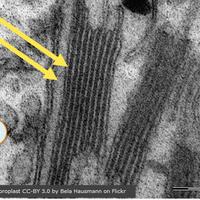
Learn and test your biological vocabulary using these 8.3 Photosynthesis HL flashcards
These slides summarise the essential understanding and skills in this topic.
They contain short explanations in text and images - great revision.
Read the slides and look up any words or details you find difficult to understand.
Summary list for 8.3 Photosynthesis
Light-dependent reactions
- Located on the thylakoid membranes and in the space inside them.
- Reduced NADP (NADPH) and ATP are produced in the light-dependent reactions.
- Light absorbed by photosystems generates excited electrons.
- Photolysis of water generates electrons for use in the light-dependent reactions.
- Excited electrons are transferred between carriers in the thylakoid membranes.
- Excited electrons from Photosystem II are used to generate a proton gradient.
- ATP synthase in the thylakoids generates ATP using the proton gradient.
- Excited electrons from Photosystem I are used to reduce NADP to NADPH.
Light-independent reactions
- Take place in the stroma.
- RuBP carboxylase enzyme catalyses the carboxylation of ribulose bisphosphate (RuBP).
- Glycerate 3-phosphate is reduced to triose phosphate using "reduced NADP" (NADPH) and ATP.
- Triose phosphate is used to regenerate RuBP and produce carbohydrates.
- Ribulose bisphosphate (RuBP) is regenerated using ATP.
Chloroplast structure
- The structure of the chloroplast is adapted to its function in photosynthesis.
Skills
- to recognise details of Calvin’s experiment to elucidate the carboxylation of RuBP.
- to be able to annotate a diagram showing the adaptations of a chloroplast to its function.
Mindmaps
This diagram summaries the main sections of topic 8.3
Test if you can draw something like these concept maps from memory.
Exam style question about photolysis
Explaining the control of gene expression, methylation and promoter regions is an important skill from this topic.
Answer the question below on a piece of paper, then check your answer against the model answer below.
Outline the process of photolysis in the light dependent reactions of photosynthesis. [3]
....................................................................................... ............................................................................
....................................................................................... ............................................................................
....................................................................................... ............................................................................
....................................................................................... ............................................................................
.
.
Click the + icon to see a model answer.
Multiple choice questions
This is a self marking quiz containing questions covering the topic outlined above.
Try the questions to check your understanding.
START QUIZ!
Drag and drop activities
Test your ability to construct biological explanations using the drag and drop questions below.
The light independent reaction is an important concept in this topic.
Drag and drop the correct word or phrase into the gap to make a summary of the light-independent reaction of photosynthesis.
light-dependent glycerate-3-phosphate Pyruvate regenerate triose phosphate pentose NADP carbohydrates hexose ATP carboxylase Calvin Cycle Krebs NAD
The light-independent reaction uses and reduced from the reaction.
RuBP enzyme catalyses the addition of a carboxylation of the ribulose biphosphate to form an unstable which breaks down to form two molecules of .
Reduced NADP and ATP are used to reduce glycerate phosphate to .
Triose phosphate can be utilised to form or to RuBP in the using ATP.
Examiner hint. This is an outline, more detail is neccessary for complete knowledge of this concept. See the preceeding question on this concept.
Everyone needs a bit of fun while they revise. Try this Photosynthesis card matching game.
Can you reach the leader board?
How much of Photosynthesis 8.3 HL have you understood?



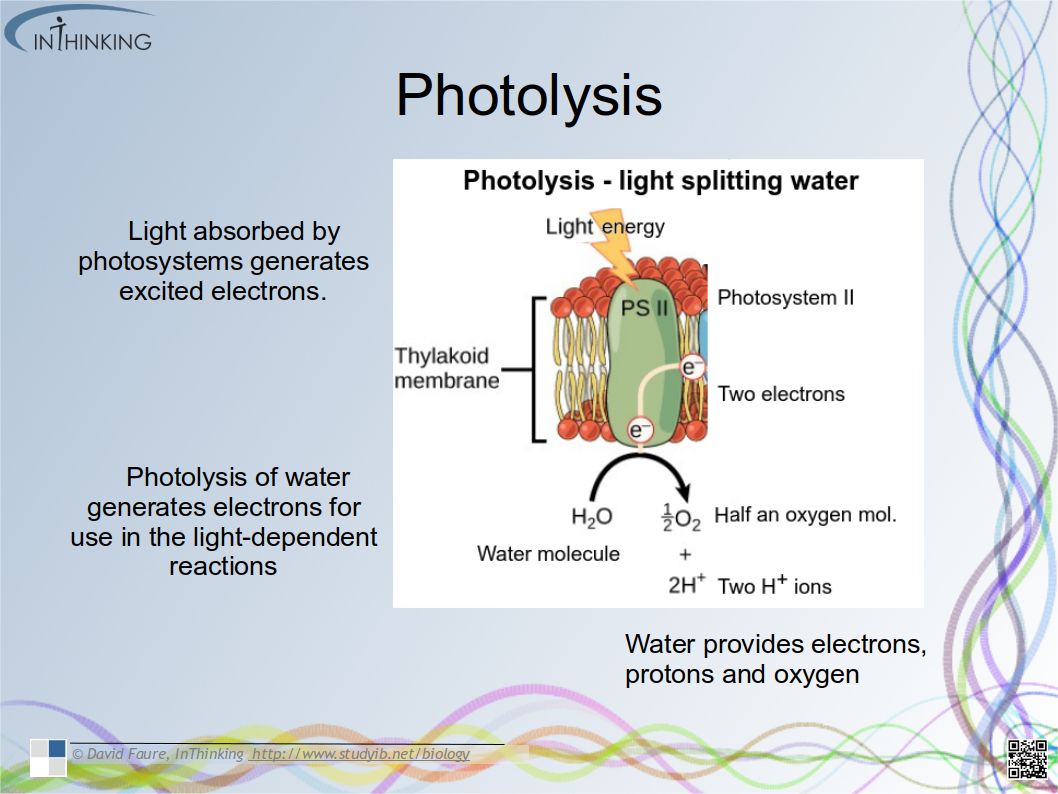









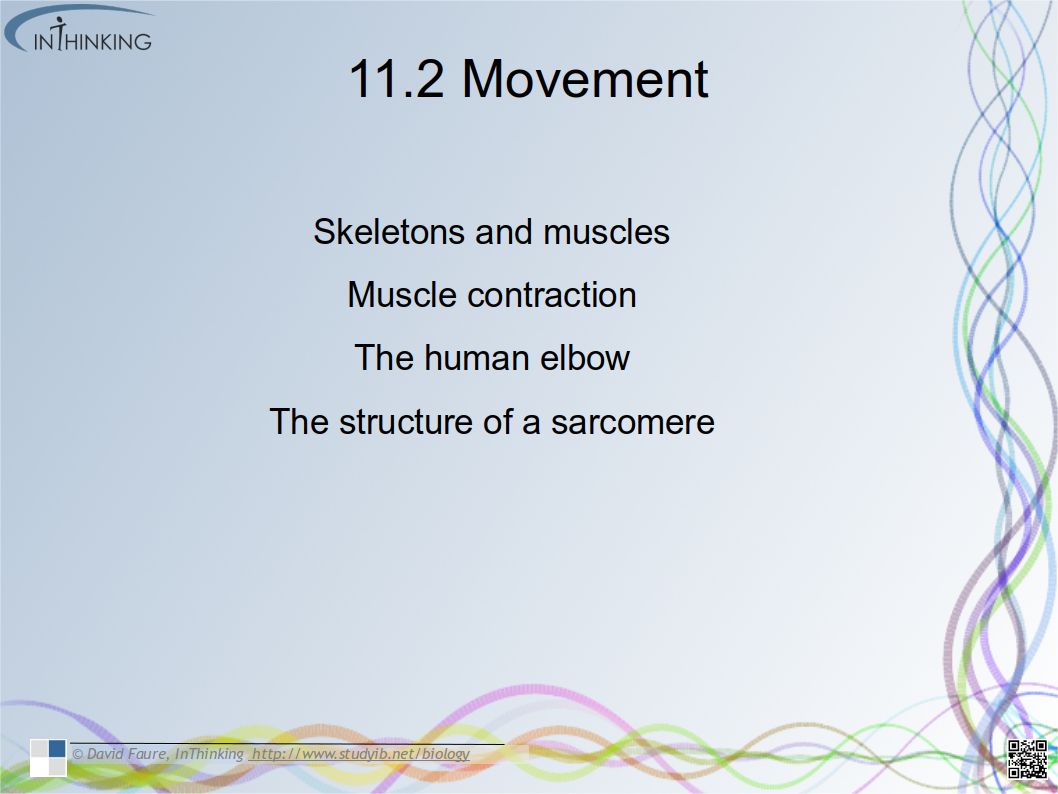
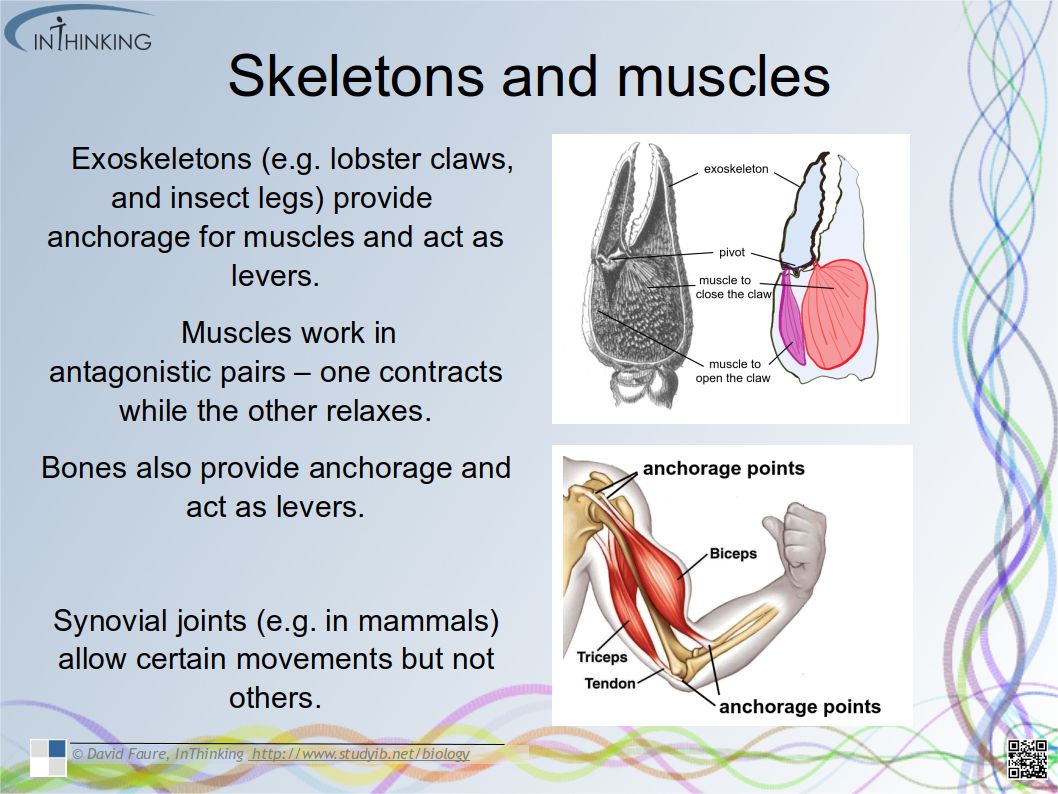
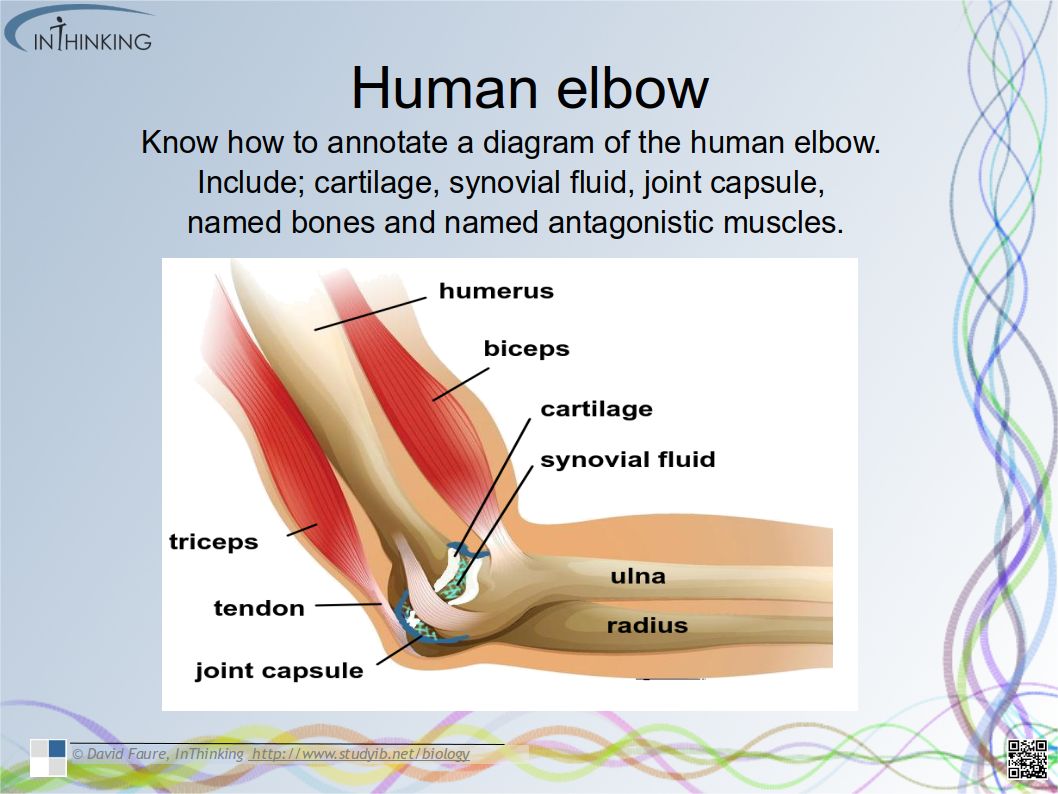

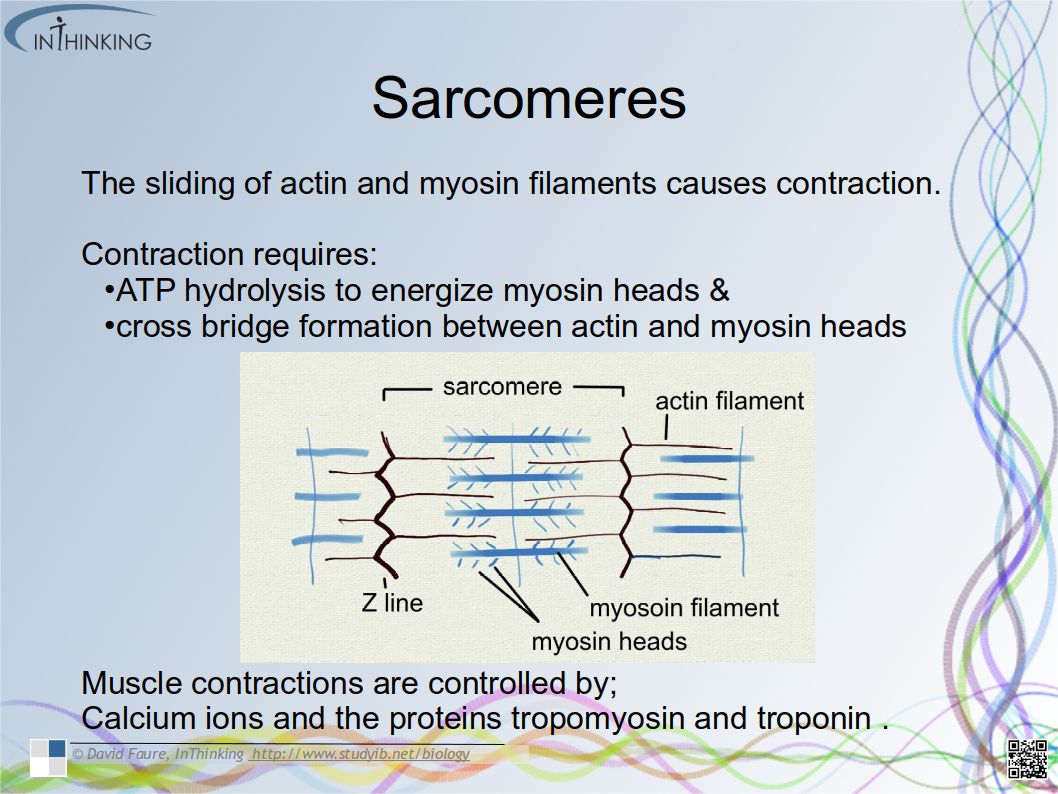

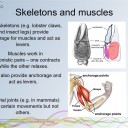
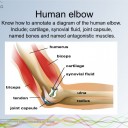

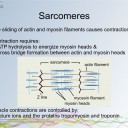







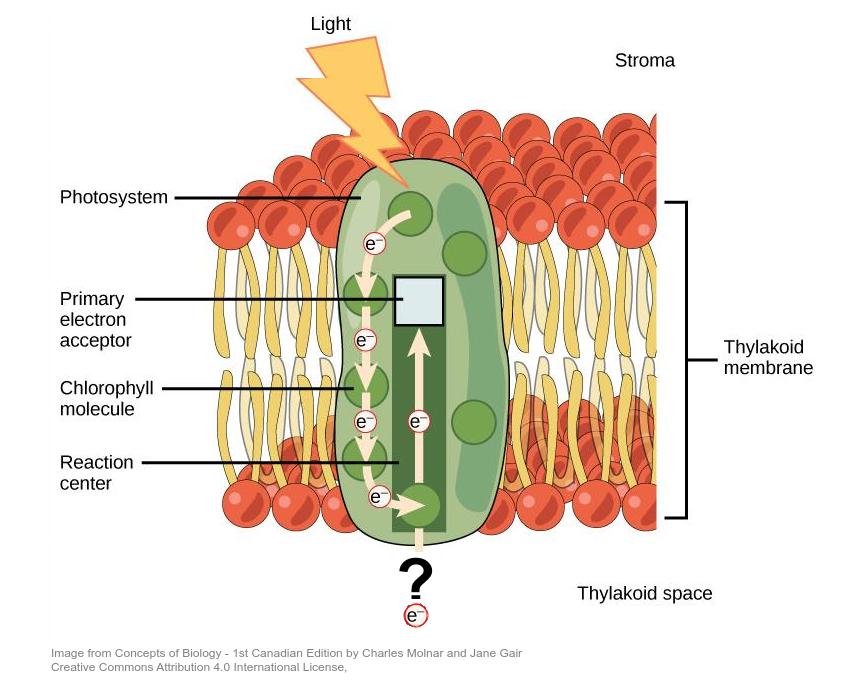
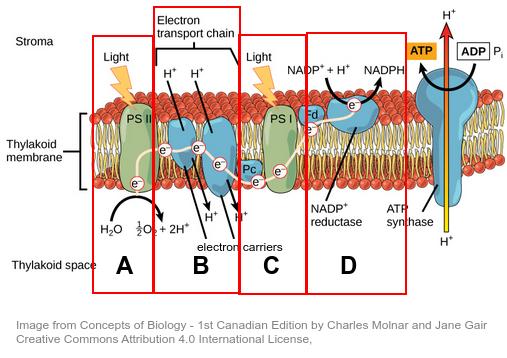
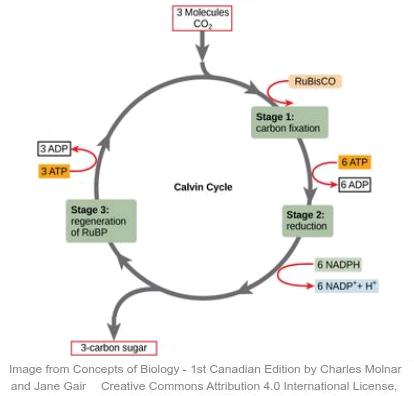


 Twitter
Twitter  Facebook
Facebook  LinkedIn
LinkedIn